A rare peek at the summit of Mt Ararat. Courtesy of Willhemina Wahlin
Journalism training gave Willhemina “Willie” Wahlin a unique perspective for her career as a graphic designer. In addition to work with various nonprofits, including Greenpeace and the Wilderness Society of Australia, Willie believes that graphic design can be an essential component of storytelling. As Creative Director, Willie has worked to strengthen PROOF’s visual language, including its exhibits, in a way that most faithfully represents individuals’ stories and “difficult” human rights issues.
Willie is working on a PhD at Australia’s Charles Sturt University on the interpretive role of designers in difficult knowledge exhibitions.
This July, Willie traveled to Armenia for the annual meeting of the International Association of Genocide Scholars with PROOF Executive Director Leora Kahn.
What was the mission of your trip to Armenia?
We wrote a research paper that looks at the ways curators and designers can work together to produce difficult knowledge exhibitions, taking those exhibits to post-conflict regions, and the impact that they can have.
It’s really important for this research to be done, but it’s also really important that the research makes it out there to the general public as well. As well as presenting the paper, Leora and I ran a workshop that focused on how participants might take their complex research topics and create visual representations of them. It was a really fantastic opportunity for us to get to know more about the research people are doing in this field, but also I think a lot of the participants walked away with some great ideas for their own projects.
What was it like to meet international genocide scholars?
What really struck me was the passion of the people who are involved in genocide studies. That passion can extend to ongoing and very fiery debates! So, that was pretty interesting. But what really struck me was the potential of different disciplines to come together in genocide studies.
I’m not strictly a genocide studies scholar at all. I’m actually a design researcher. For me, it’s more about what I can offer as a designer, as somebody who’s really deeply concerned with what visual representation means.
And representation really matters across all of the ways we communicate. We have to be quite vigilant about how we speak about each other, and how we interact with each other, so that we are constantly, in our daily lives, being the buffers against that escalation of potential violence in our communities.
Did you take any inspiration from your trip, that you hope to apply to your work?
It really made me see the value of PROOF's work in a different way. A project that’s really close to my heart is The Rescuers project. I’ll be redesigning it as part of my PhD research so that we can create a poster series, that we can role up in tubes and send out to schools as educational material.
I'd also love to see The Rescuers as a poster project up on the streets of Sydney. While we have this surge of empathy for refugees at the moment, we also need to look at the treatment of the refugees by the Australian government. I think that The Rescuers could play an important role in reminding people that in the face of really brutal conflict there have been people that have chosen to save the lives of others. I think that The Rescuers has the power to start a really positive conversation about what we do, day to day, to help stop violence and to protect people, and help maintain human rights.
How do you see your role as a storyteller?
I think that the role of the designer is to create something that’s quite dynamic, but it has to be representative in a very respectful way. My thesis looks at examining people’s stories, people's social and cultural contexts of the exhibiting organization, and all the stakeholders involved.
What I want to do with The Rescuers is so different from where I started with this project back in 2009, because it's a process of coming to understand that each of these people is an individual, and visually, they deserve to have their story told in an individual way.
Willhemina Wahlin is the Creative Director of PROOF: Media for Social Justice and a Lecturer in Graphic Design at Charles Sturt University, where she is also a Doctoral Candidate. For more information on PROOF's exhibition designs or on Willhemina's research project, you can contact here by clicking here.

